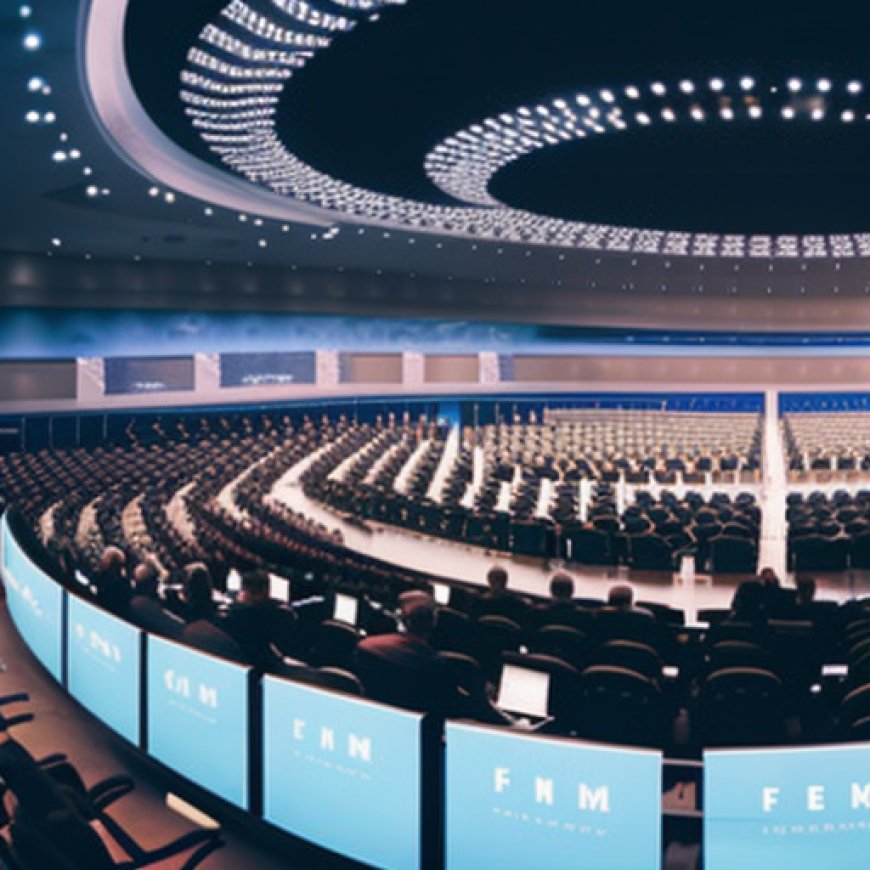Five things you need to know about Conference of the Parties (COP), the world’s biggest climate meeting
Five things you need to know about Conference of the Parties (COP), the world’s biggest climate meeting The Indian Express


Tens of Thousands to Attend COP in Dubai
Tens of thousands will descend on Dubai, United Arab Emirates (UAE), next week to attend the world’s biggest climate negotiation — Conference of the Parties, better known as COP. Delegates from about 200 countries, business leaders, climate scientists, Indigenous Peoples, journalists, and various other experts and stakeholders will participate. The negotiations follow a year dotted with numerous extreme weather events and tumbling climate records, making the stakes higher than ever before.
1. COP is the annual United Nations (UN) climate meeting
In 1992, at the Rio Earth Summit, 154 countries signed a multilateral treaty called the United Nations Framework Convention on Climate Change (UNFCCC). It aimed to stabilise greenhouse gas concentrations “at a level that would prevent dangerous anthropogenic (human-induced) interference with the climate system.” The treaty came into force two years later, and since then, countries which are part of the UNFCCC, meet every year at different venues. Today, there are 198 ‘parties’ or signatories of the Convention.
2. COP was a result of a strong belief in the power of international agreements to tackle environmental problems
Policymakers of that era believed in a unified commitment to deal with climate change. Their belief was strengthened by the success of the 1987 Montreal Protocol, an international treaty designed to protect the ozone layer, and a 1991 bilateral agreement between the US and Canada that helped combat acid rain by limiting the emission of sulphur dioxide (SO2). This led to the inception of UNFCCC.
3. The first ever COP took place in Berlin, Germany, in 1995
The first edition of COP entailed a discussion on how to implement the UNFCCC. At the meeting, an agreement was reached “to meet annually to discuss action on climate change and emissions reductions,” according to a report by Forbes. In the following two years, another deal was made that placed international obligations on the set of rich and industrialised countries to cut their greenhouse gas emissions by assigned amounts. The agreement would become the Kyoto Protocol as it was adopted in Kyoto, Japan, during the COP-3.
4. COP meetings aim is to review progress towards the overall goal of limiting climate change
The annual conference takes place to discuss a global agreement to cut emissions of greenhouse gases in the atmosphere, the main reason why average global temperatures have been rising. It mostly revolves around negotiations and debates. “Sometimes, COP will result in new agreements and treaties, often with the goal of refining targets, agreeing rules or forming binding treaties, like the Kyoto Protocol,” according to the University of Cambridge.
5. Each member country details how they are tackling climate change
A crucial part of COP meetings is the review of the Nationally Determined Contributions (NDCs). An NDC is essentially a climate action plan to cut emissions and adapt to climate impacts. It is submitted by those member countries which are also part of the Paris Agreement (2015) and is updated every five years.

Join us, as fellow seekers of change, on a transformative journey at https://sdgtalks.ai/welcome, where you can become a member and actively contribute to shaping a brighter future.







